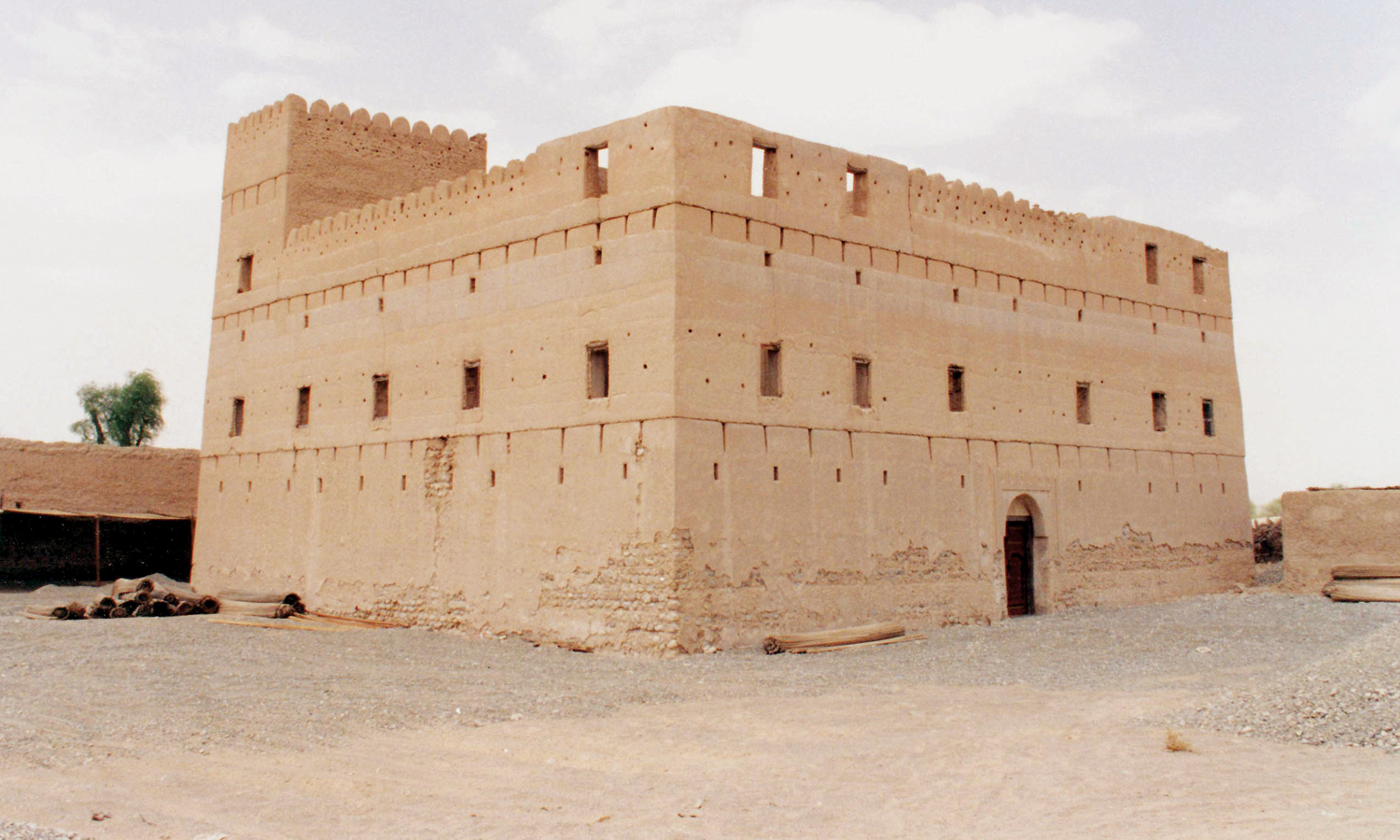

Muscat: Located in the South Al Sharqiyah Governorate, Al Kamil W’al Wafi is bordered by the wilayats of Wadi Bani Khalid and Sur in the north and west, and the Wilayat of Jaalan Bani Bu Hassan in the south. It has two main towns which are Al Kamil and Al Wafi.
The wilayat has beautiful sandy hills and golden dunes plains and nature reserves, most notably Al Saleel and Hasina Reserves, a series of high mountains surround it from the north and east, as well as the large and beautiful pools in the villages of Seeq, Sabt and Tahwa.
The wilayat’s emblem consists of two towers and a tree; the two towers represent the vital and significant role played by inhabitants to protect the city and village, while the Al Sidr tree represents the meeting place where people gathered to exchange ideas and opinions.
The wilayat is reputed for its archaeological mosques and fortresses, amongst is Al Jame’ which is situated in Al Wafi and Al Sharia’ in Al Kamil.
Archaeological tombs and muddy houses exist as well in the wilayat.
Apparently, camel and horse breeding are important pursuits that also contribute a great deal to the local economy. Wadi Al Batha, situated in the west of the wilayat, is where much of these traditional activities are based.
The Bedouins train thoroughbred Arabian camels on these wind-blown plains, and test their prowess at races staged quite close to training grounds. Hasinah is another well-known camel-breeding centre, lying in the shadow of the enchanting Wahiba Sands. This atmospheric Bedu village, dotted by scores of ghaf trees, is within easy reach of Al Kamil W’al Wafi.
A visitor can explore the picturesque environs of this traditional village which, despite the surrounding aridity, enjoys a year-round supply of fresh water thanks to wells drilled in the area.
The people of the wilayat are engaged in textile, dagger and sword making, carpentry, pottery and livestock breeding.

Al Kamil W’al Wafi is blessed with abundant water resources, believed to be replenished by subterranean streams and aquifers fed by the region’s most famous wadi — Wadi Bani Khalid.
A network of aflaj, which tap these sources, nurtures many date palm and fruit orchards located mainly in the south of the wilayat. Falaj al Kamil and Falaj al Wafi are among the eight important aflaj coursing through various parts in the wilayat.
The government has paid attention to important services required by the wilayat’s people.
Schools spread across the wilayat in addition to government services and centres that are committed to provide essential services to the people.
The most notable tourist attraction in the wilayat is Al Saleel Natural Reserve. It is located in Wilayat Al Kamil W’al Wafi in Al Sharqiyah South Governorate, and lies 57 kilometres from Wilayat of Sur. It extends over an area of 220 square kilometres, and is predominantly covered by forests of acacia trees. It is home to a number of rare species of animals and birds such as the Arabian gazelle, the wild cat (Al Senmar), the red fox, and the Egyptian eagle. In January this year, a 191 km long expressway between Bidbid and Al Kamil W’al Wafi was opened for traffic.
It is also Oman’s first tunnel road project. Each tunnel consists of two separate carriages of three lanes in each direction with a speed limit of 90 km per hour inside the tunnel.
Designed in accordance with the highest international specifications and standards, the road includes two tunnels with a total length of 2.1 km. The first tunnel is located in the village of Nadab in Samayil with a length of 650m, while the second tunnel is situated amidst the mountain ranges of Al Aqq with a length of 1,450m. Outside the tunnel, the speed limit is up to 120 km per hour.
Oman Observer is now on the WhatsApp channel. Click here



